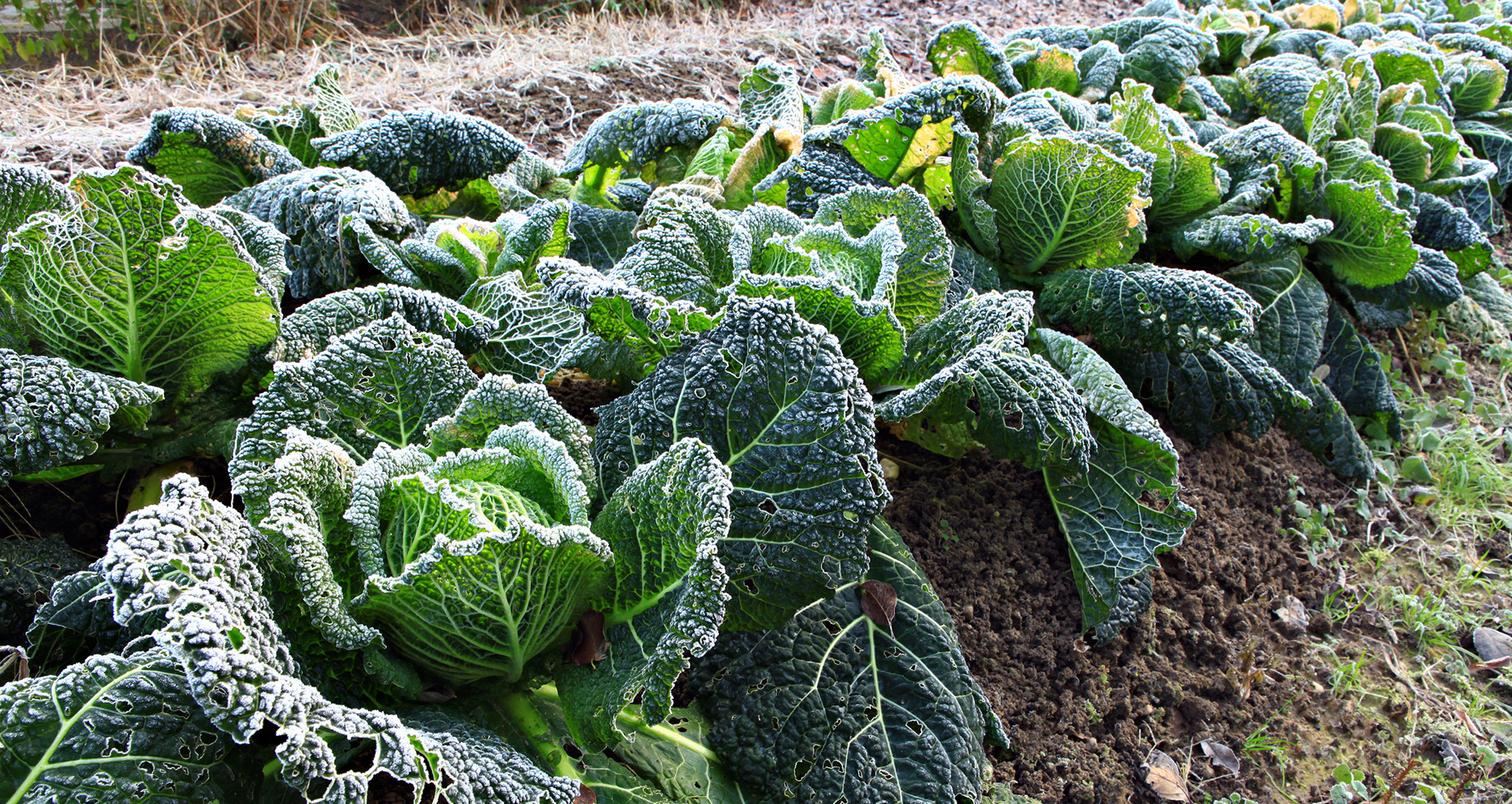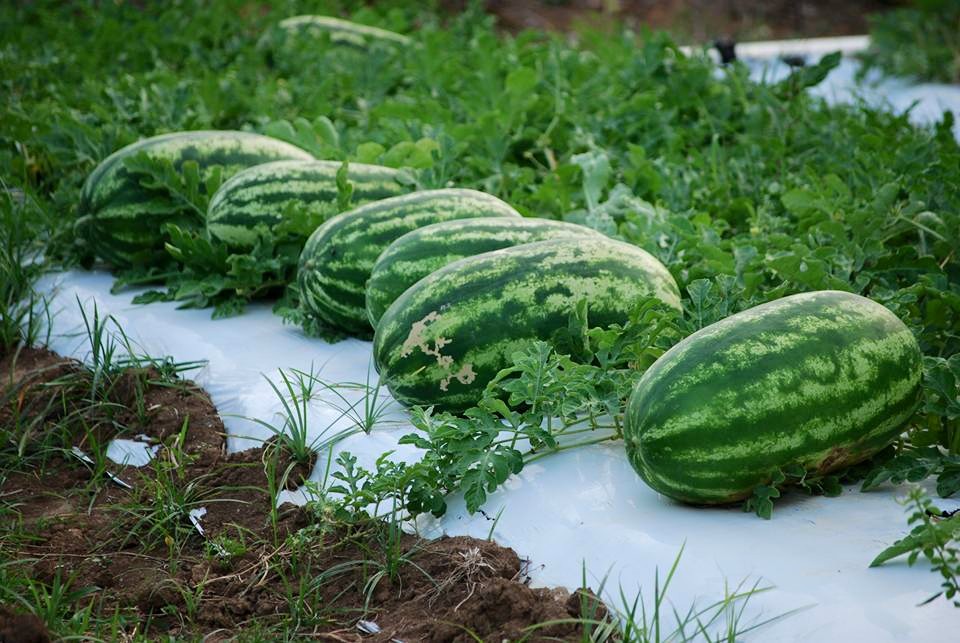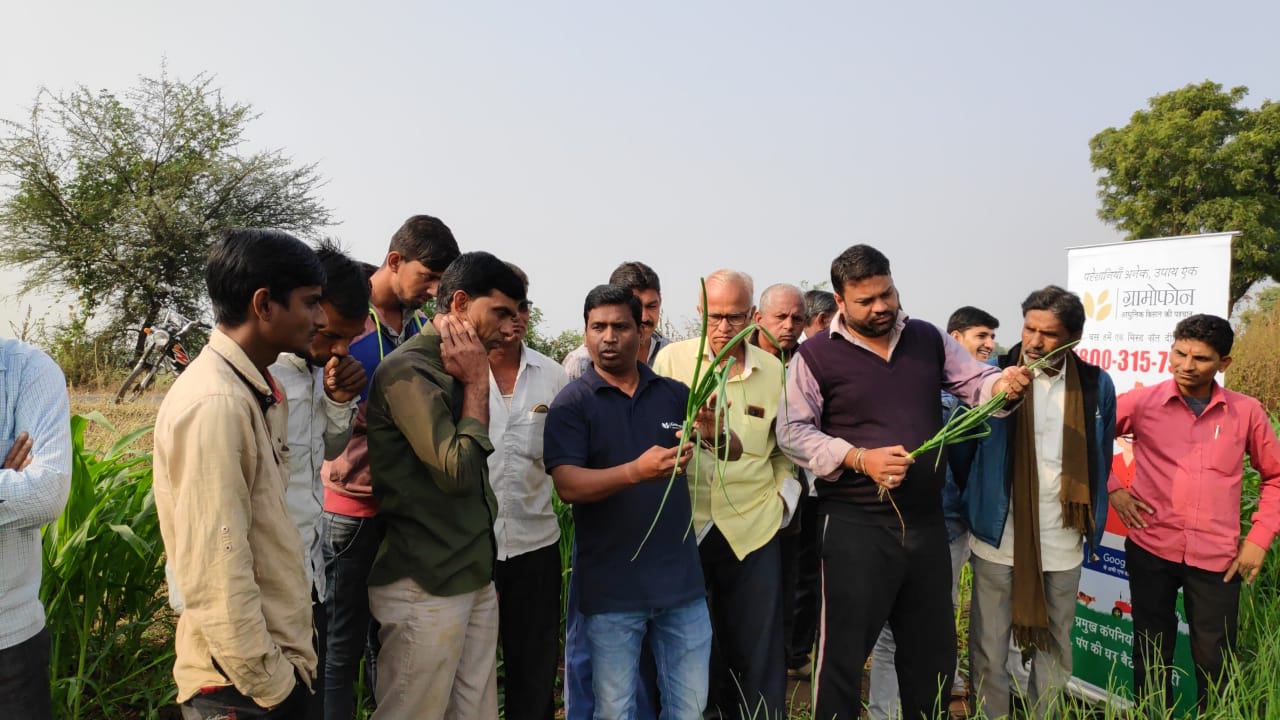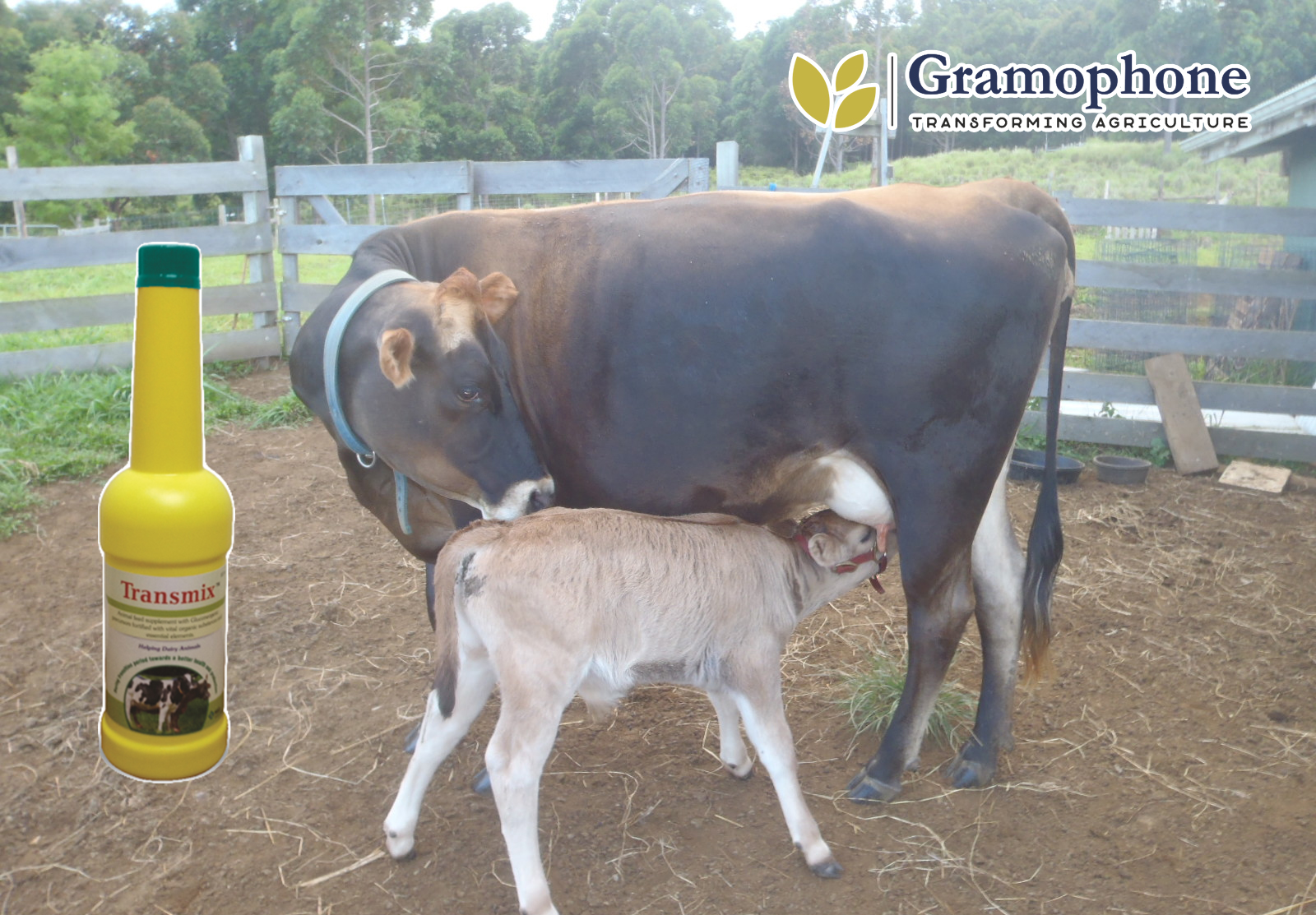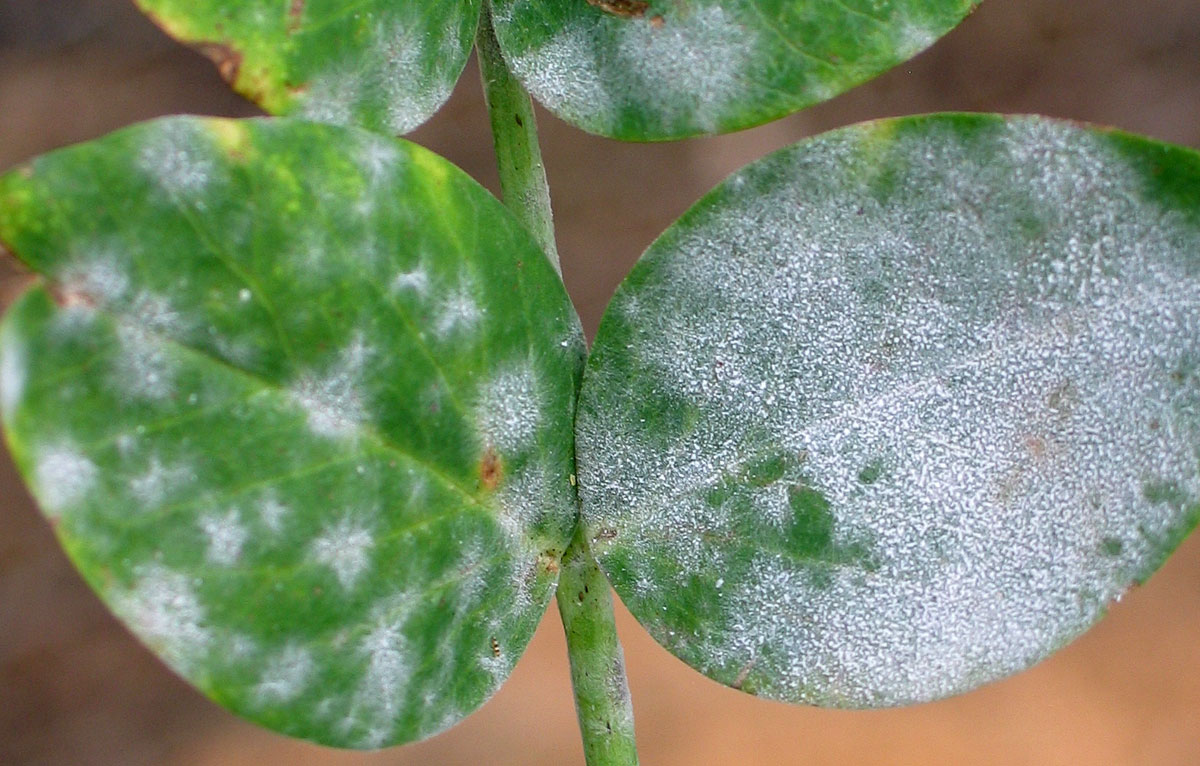Control of Aphids in Pea:-
- Small green insects, adults are large pear-shaped green, yellow or pink in color.
Damage:-
- Suck the plant sap from leaves, flowers and pods.
- The affected leaves often get cupped or become irregularly distorted, shoots become stunted and malformed.
- Honeydew secreted by the aphids encourages growth of Sooty mould.
Control:-
- Spray the crop with Following insecticides at 15-20 days interval till the end of aphid population checked.
- Profenofos 50% EC @ 50 ml/ Pump.
- Acetamiprid 20 SP @ 10 gm/Pump.
- Imidacloprid 17.8% SL @ 7 ml/pump.
Like and share with other farmers by clicking on button below
Share

